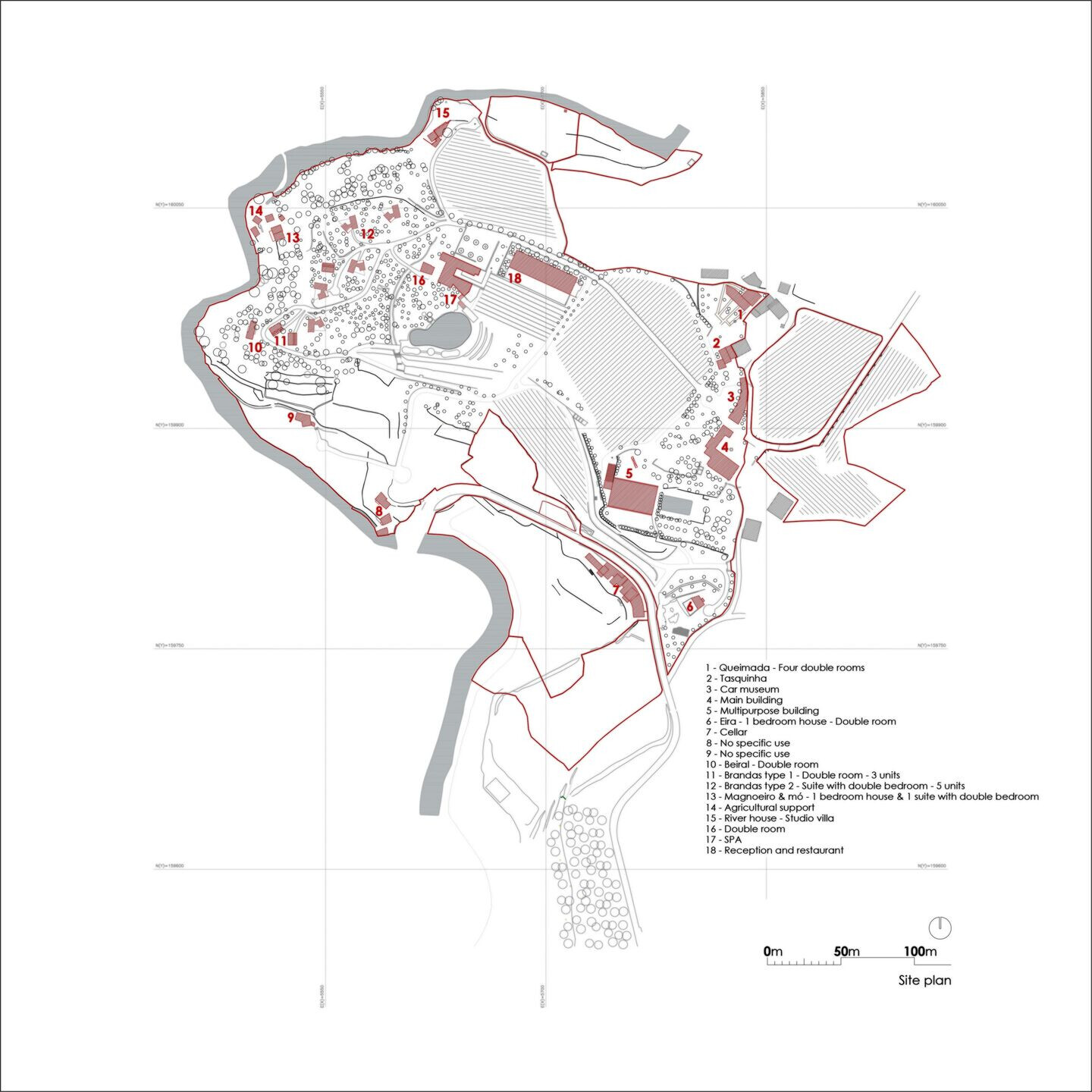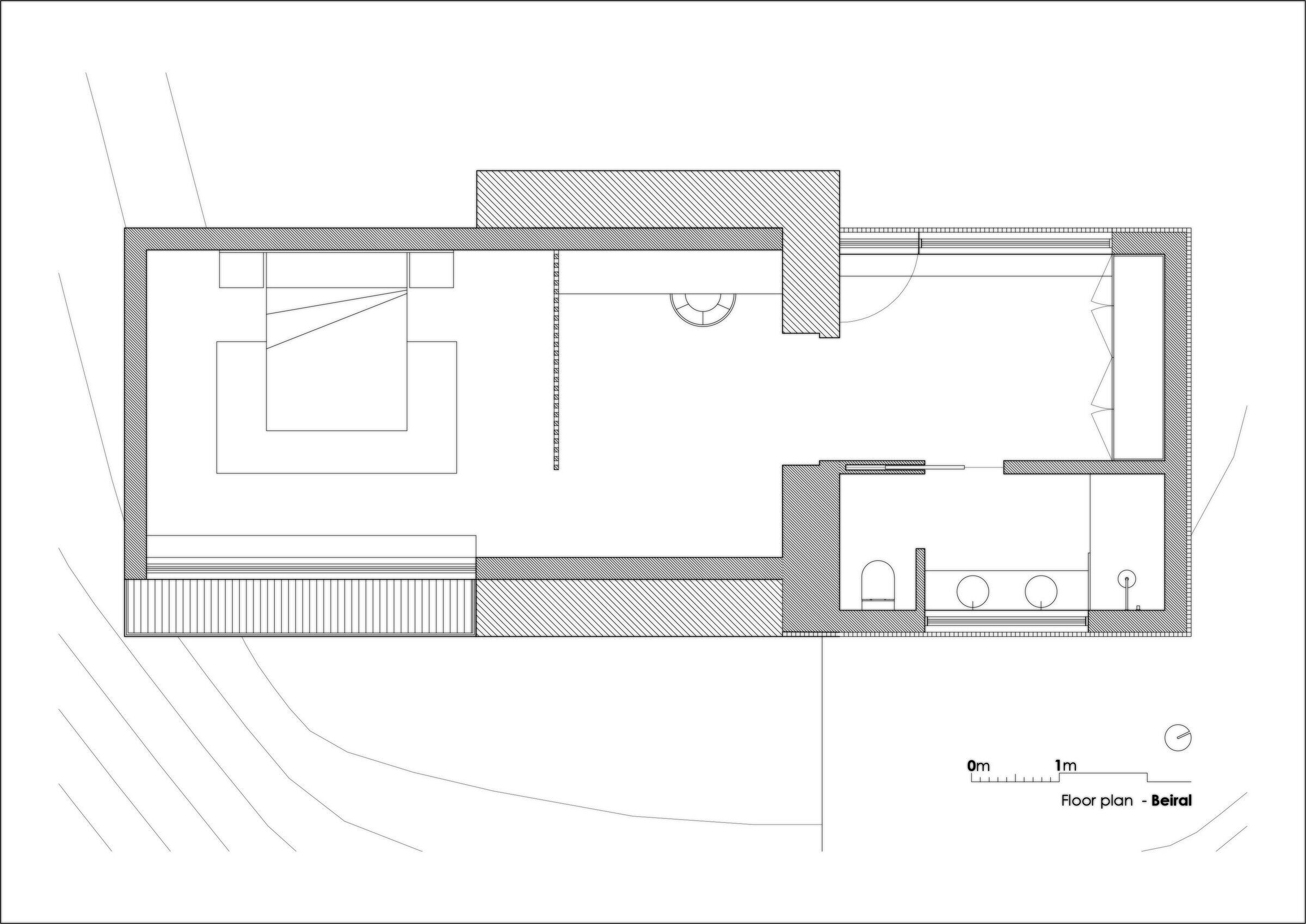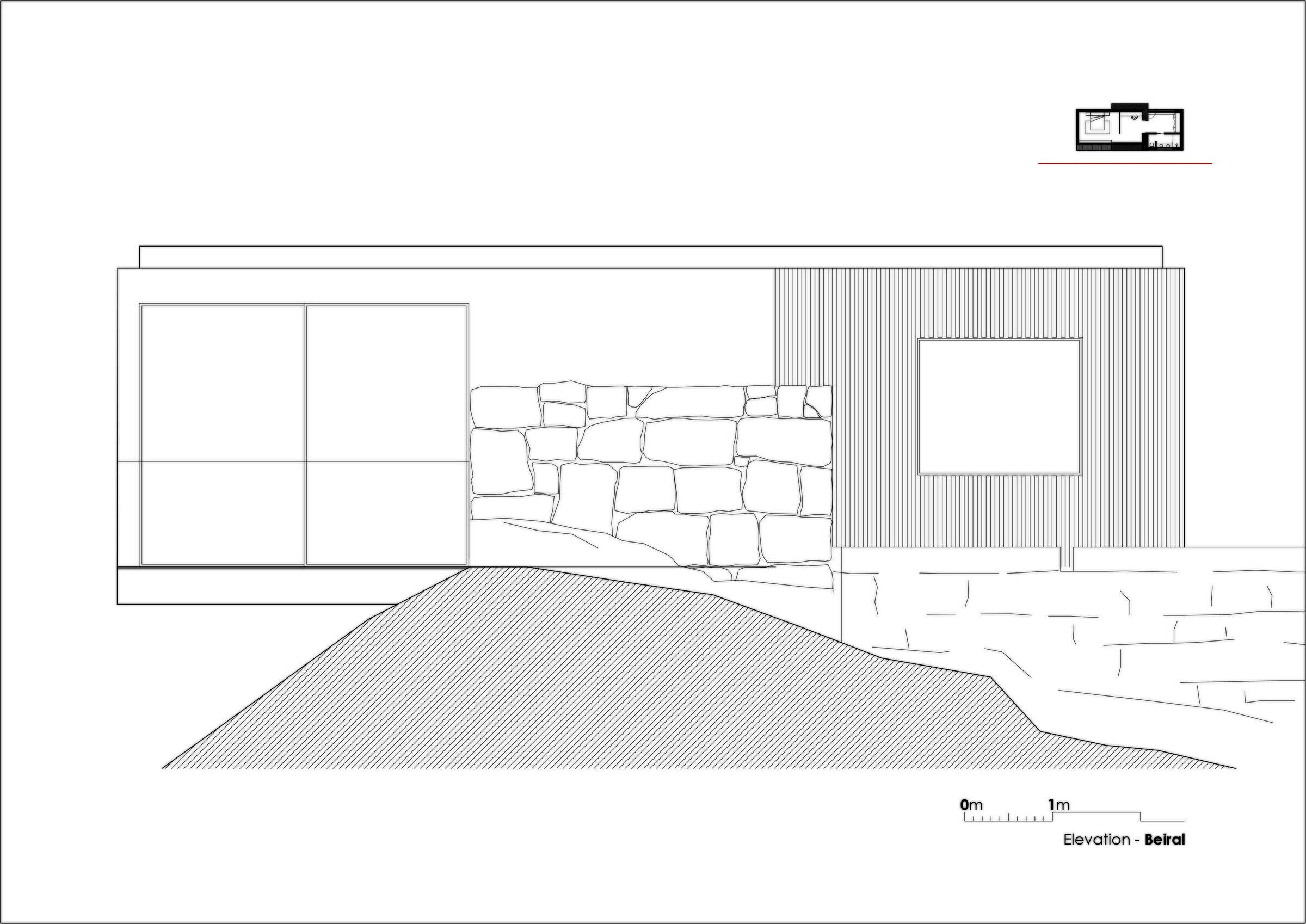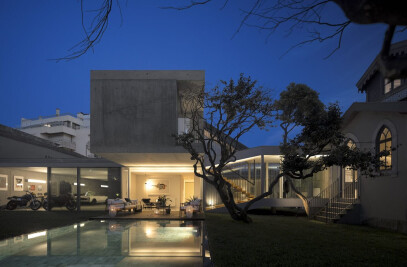The "Casa da Lavand’eira," a rural tourism venture, is an eighteenth-century manor house situated within a farm featuring vineyards and a lush forest.
The main house is a granite-built manor with a chapel, a hall, various rooms, a kitchen with a traditional fireplace, and bedrooms.
Throughout the property, other buildings have been adapted to serve as accommodations.


The farm is bordered by the Ovil River, offering the opportunity to experience a charming designated hiking trail ("Ovil River, its legends, and mills"). Along this trail, visitors can enjoy the natural landscape, cross wooden walkways, and observe the flora, fauna, and architectural heritage (mills and traditional residences) that characterize this region.
The idea originated from a dream of the owner and quickly this family dream turned into the reality that is now Casa Lavand’eira, a tourist venture based on an integrated project that includes tourist accommodation, event hosting, wine production, and a unique connection with nature. The exploration of the estate aims to (re)tell the story of the property, promoting a reconnection with the genuine, with the land, and the traditions of the region, while preserving the biodiversity, stories, and memories that the space offers.
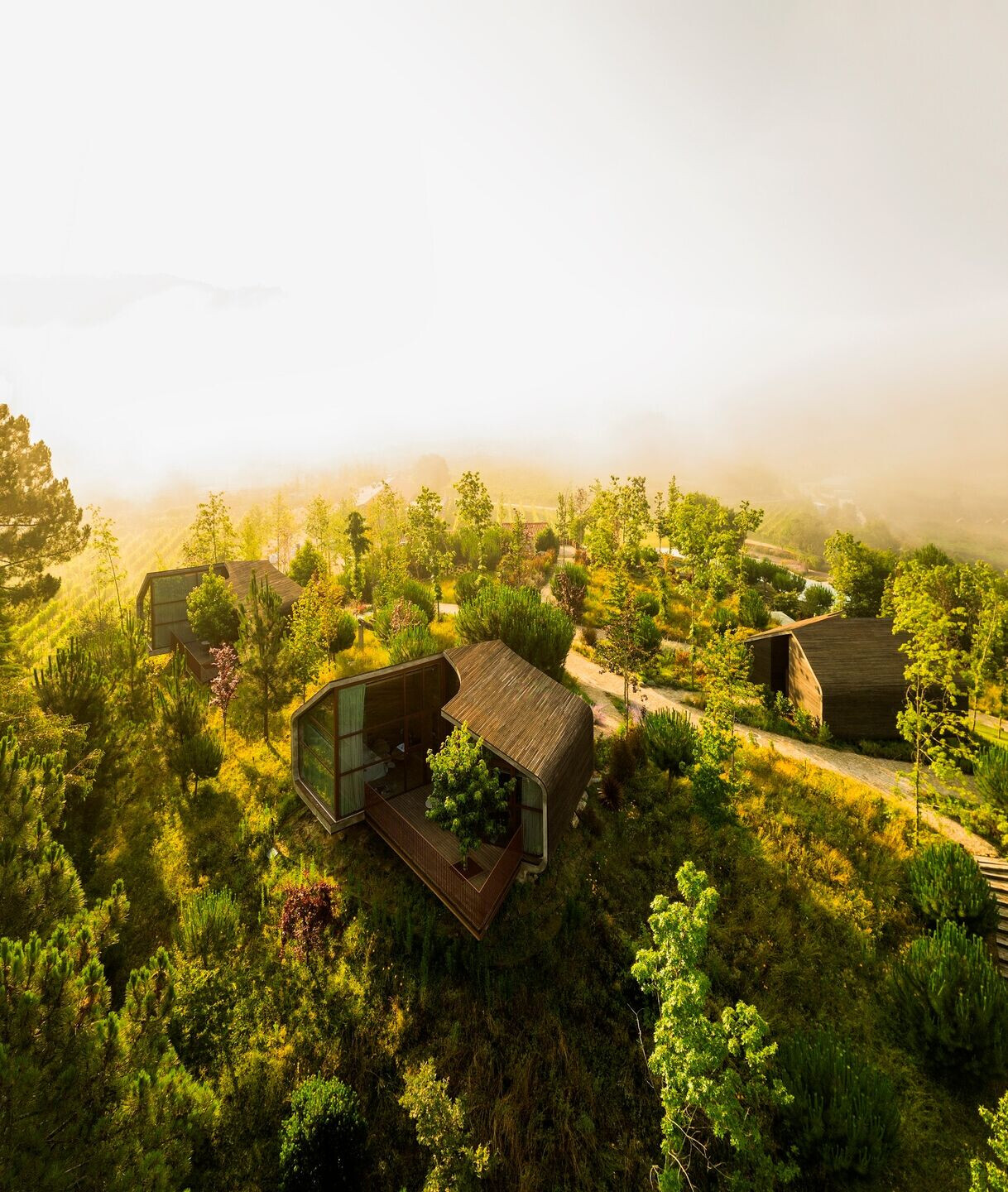
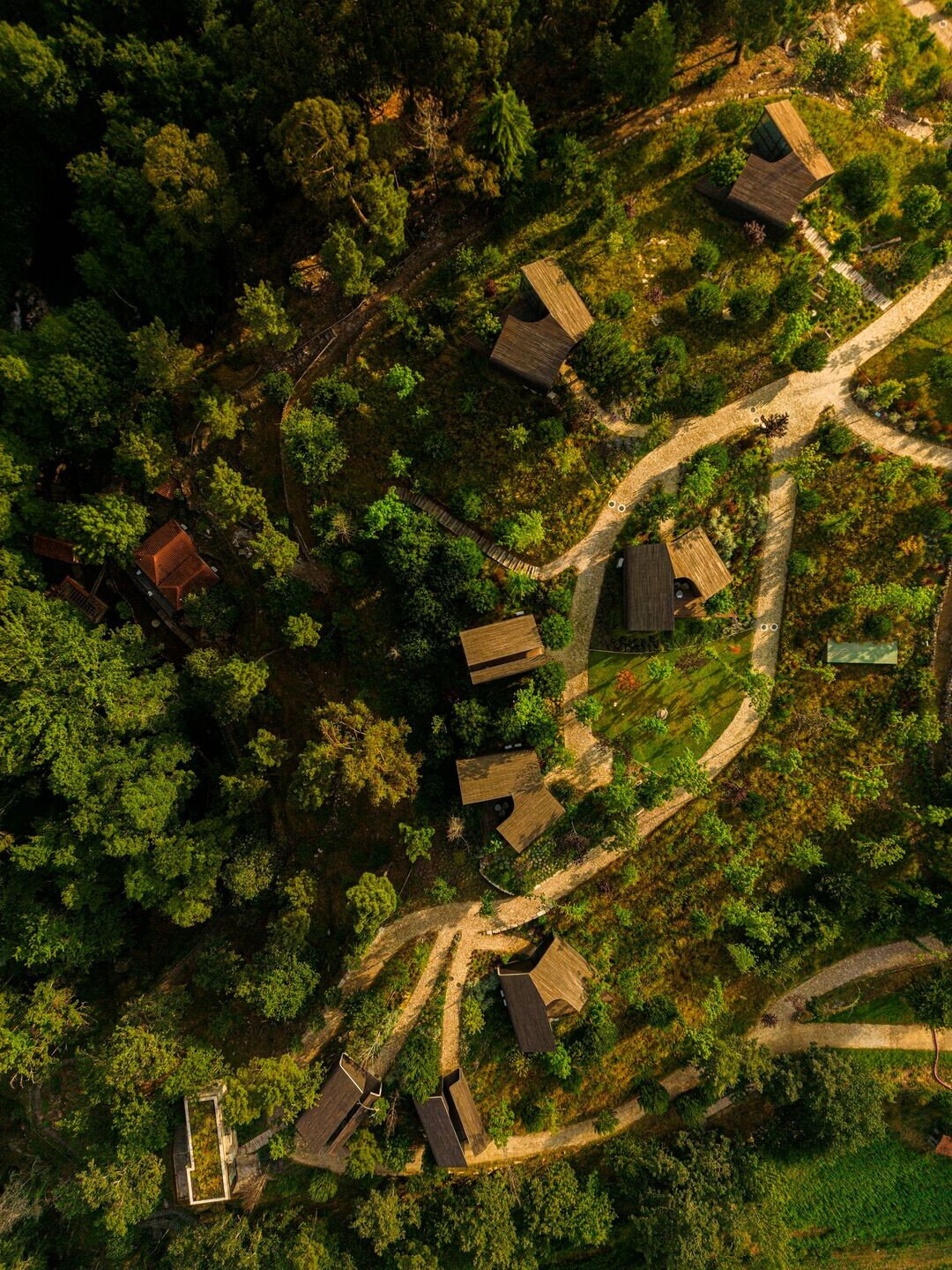
The intervention strategy is based on the natural and scenic heritage of the property and Baião: flora and fauna, the Ovil River, the vineyard landscape, regional gastronomy, and wine. The owner of the estate started producing their own wine a few years ago and has been expanding the vine cultivation for this purpose. The intention is to establish this product as a characteristic element of the venture, anticipating the exploration of this theme in various aspects, facilitating direct interaction with the cultural and scenic heritage.
The intervention plans involve refurbishing the old buildings scattered across the estate and constructing new spaces. In addition to expanding the accommodation units, a service hub will be established (restaurant, bar, spa, and outdoor pool), along with areas designated for staff and provisions for necessary parking. The project also encompasses an "organic garden" aimed at supplying the restaurant's kitchen.


At the western top of the plot delimited by the Ovil River, in an area favored for sunlight exposure and excellent landscape views, the new accommodation units will be placed. These units will be distributed in contemporary-styled bungalows whose architectural language reflects this modernity.
The entire project was conceived sustainably, striving to optimize construction to minimize its environmental impact on the surroundings.
Situated on a 7.3-hectare property, the project has already been recognized by the Municipal Council and Tourism of Portugal as having significant public interest.

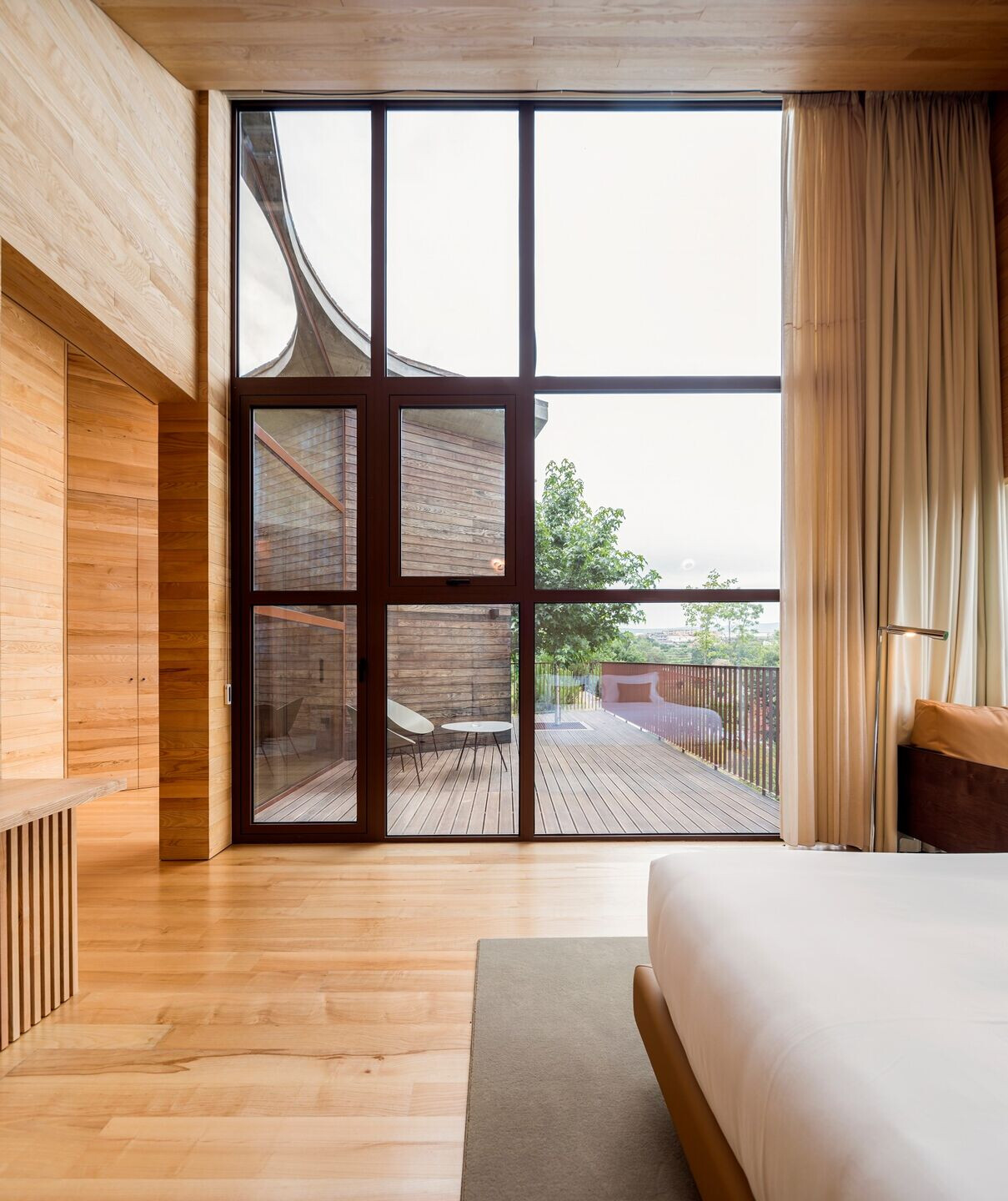
Team:
Architect: FCC Arquitectura
Photography: Fernando Guerra FG+SG
Architecture team: Fernando Coelho, Ana Loureiro, Sérgio Silva, Luís Vieira, Diana Teixeira, João Mota, Luciano Gonçalves, Diana Chumbo
Interior design: Paulo Lobo
Engineering: Engistart engenharia
Landscape architecture: Paulo Palha
General builder: Armindo João Gomes Empreiteiro
Lighting: OHM light with identity
Plumbing: Fernando Teixeira Pichelaria
Hotel equipment: Horex
Carpentry: Árvore de aromas
Landscaping: Diaplant
Metalwork: UrbMetal
HVAC: A. Cruz Lda
Spa and pool equipment: Coroa & Costa
Furniture: Oficinas gerais


Material Used:
1. Stone, granite
2. Exposed concrete
3. Thermo-modifiedash exterior wood
4. Ceramic roof tile
5. Aluminum and wooden frames
6. Ash floors
7. Ipe decks
8. Ceramic flooring
9. Mineralskin flooring
